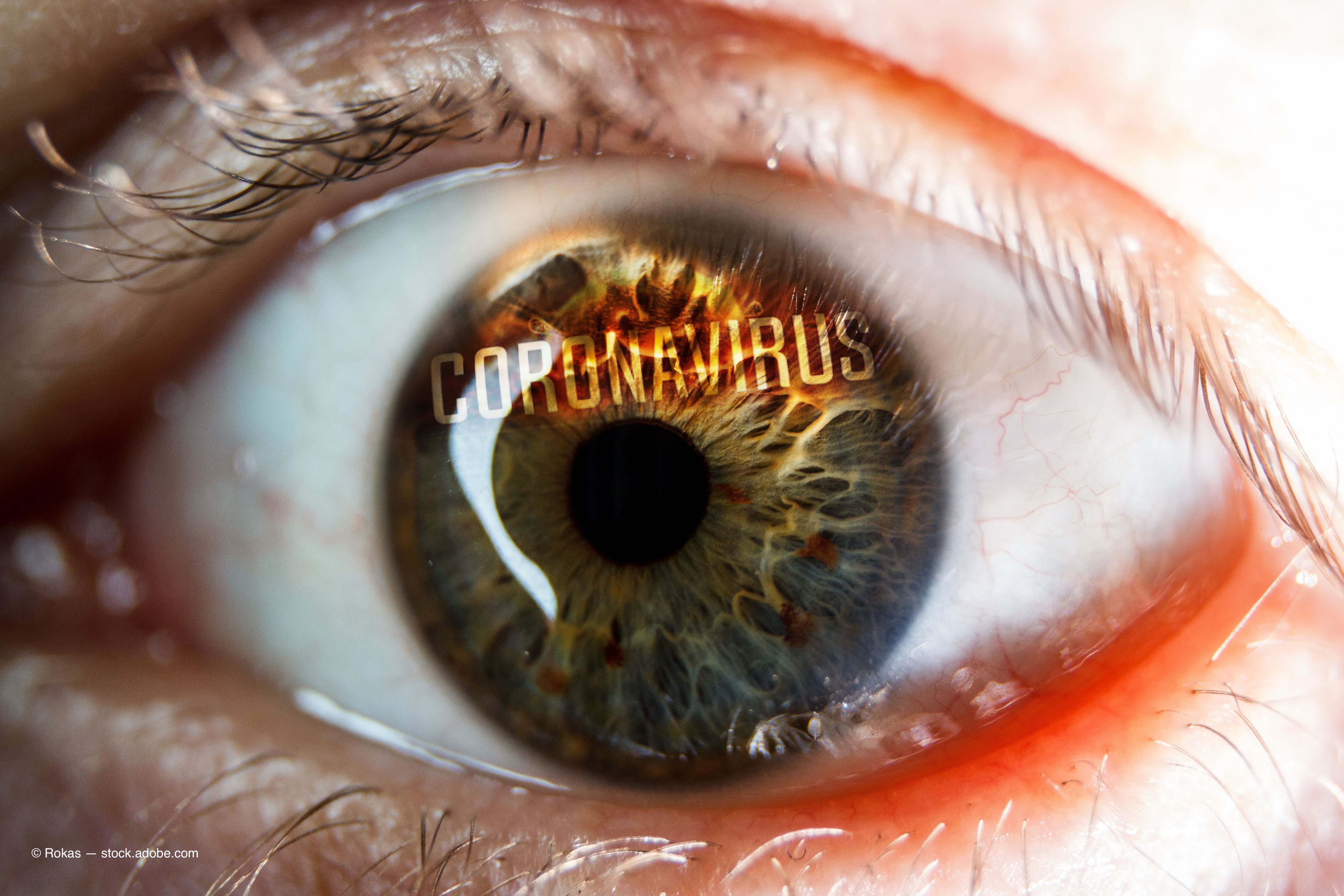News
Article
Shedding light on ocular findings in COVID-19 patients
Author(s):
According to investigators, understanding the ocular manifestations in patients with COVID-19 could ultimately help with the diagnosis and prevent transmission.

The results of a case series reported by ophthalmologists in Hubei Province, China, found that about one-third of patients with COVID-19 had ocular involvement.1
While a large number of people have been infected with COVID-19 worldwide, few studies have reported ocular abnormalities associated with the virus.
“Understanding the ocular manifestations of patients with COVID-19 by ophthalmologists and others may facilitate the diagnosis and prevention of transmission of the disease,” the investigators stated.
In this retrospective case series, led by lead author Ping Wu, MD, patients with COVID-19 in a Hubei Province hospital between February 9 to 15, 2020, were reviewed for ocular findings.
The investigators looked at the ocular signs and symptoms and results of blood tests and reverse transcriptase–polymerase chain reaction (RT-PCR) from nasopharyngeal and conjunctival swabs for COVID-19.
Wu is from the Department of Ophthalmology at the The First College of Clinical Medical Science, Yichang Central People’s Hospital, China Three Gorges University, Yichang, China.
A total of 38 patients (25 men; mean age, 65.8 years) with confirmed cases of COVID-19 were included in the study; 28 of the 38 showed positivity for the virus by RT-PCR analysis of the nasopharyngeal swabs.
Twelve of the 38 patients (31.6%) had ocular manifestations that were consistent with conjunctivitis, including conjunctival hyperemia, chemosis, epiphora, or increased secretions.
Of the 12 patients with ocular findings, RT-PCR showed positivity for COVID-19 from nasopharyngeal swabs in 11 (91.7%), and COVID-19 positivity by RT-PCR was seen in 2 patients from both conjunctival and nasopharyngeal swabs, the investigators reported.
The investigators reported that “patients with ocular symptoms were more likely to have higher white blood cell and neutrophil counts and higher levels of procalcitonin, C-reactive protein, and lactate dehydrogenase than patients without ocular symptoms.”
Based on the findings, the authors concluded that about one-third of patients had ocular manifestations, which frequently occur in patients with more severe COVID-19 and that even though there is a low viral prevalence in tears, it is possible to transmit the virus via the eyes.
Reference
1. Wu P, Duan F, Luo C, et al. Characteristics of ocular findings of patients with coronavirus disease 2019 (COVID-19) in Hubei Province, China. JAMA Ophthalmol 2020;138:575-8. doi:10.1001/jamaophthalmol.2020.1291
Newsletter
Don’t miss out—get Ophthalmology Times updates on the latest clinical advancements and expert interviews, straight to your inbox.




